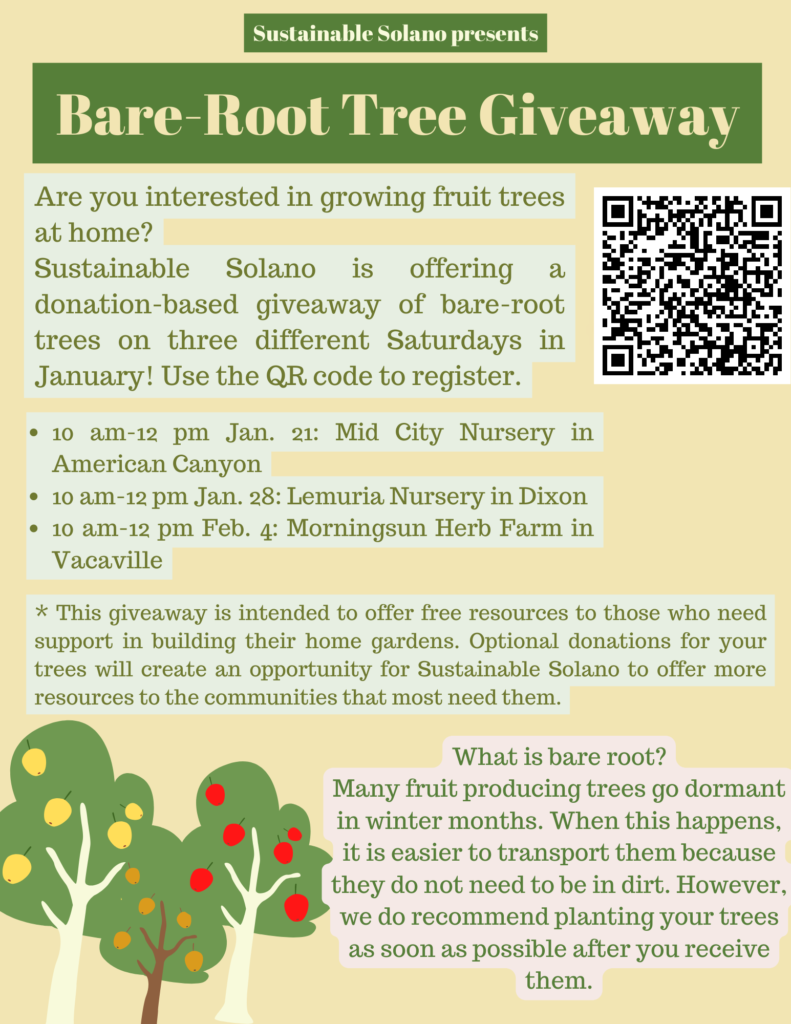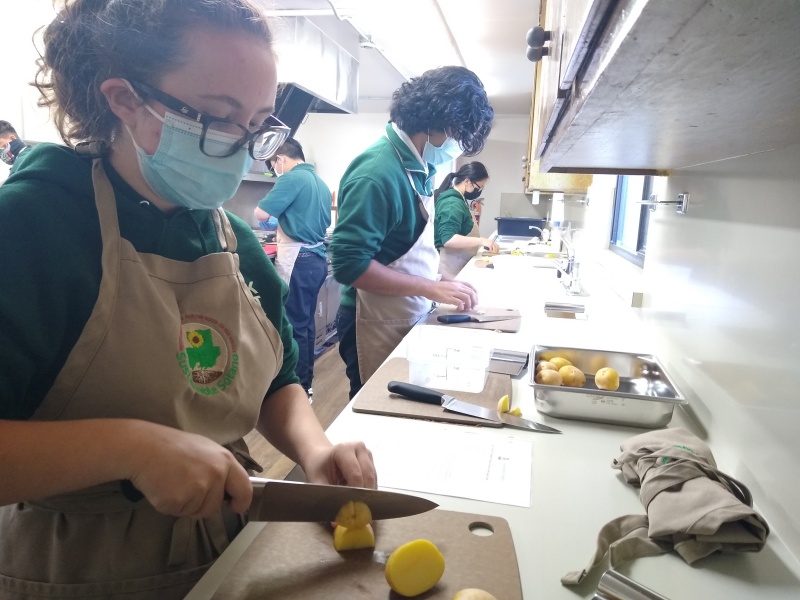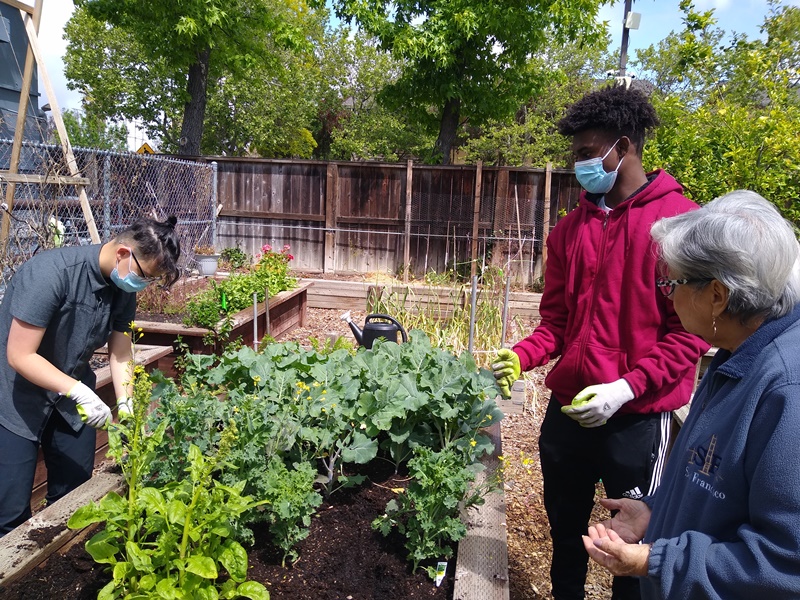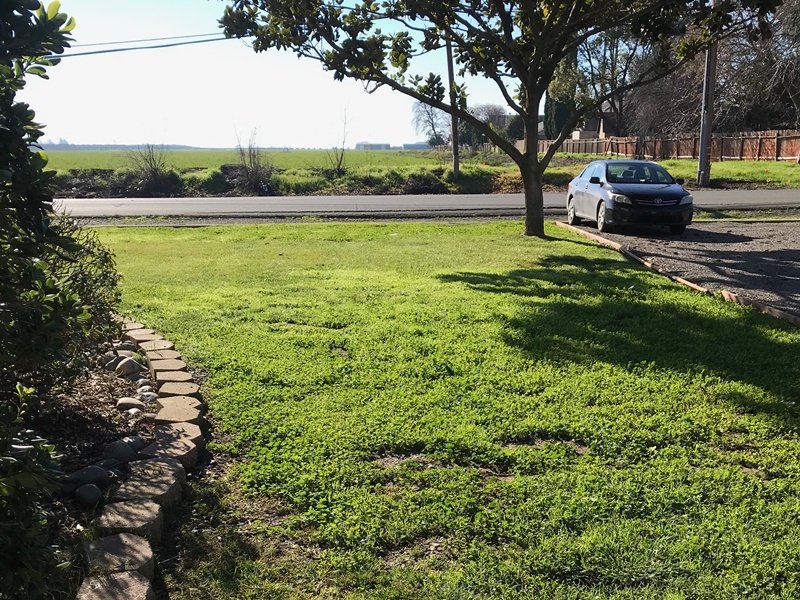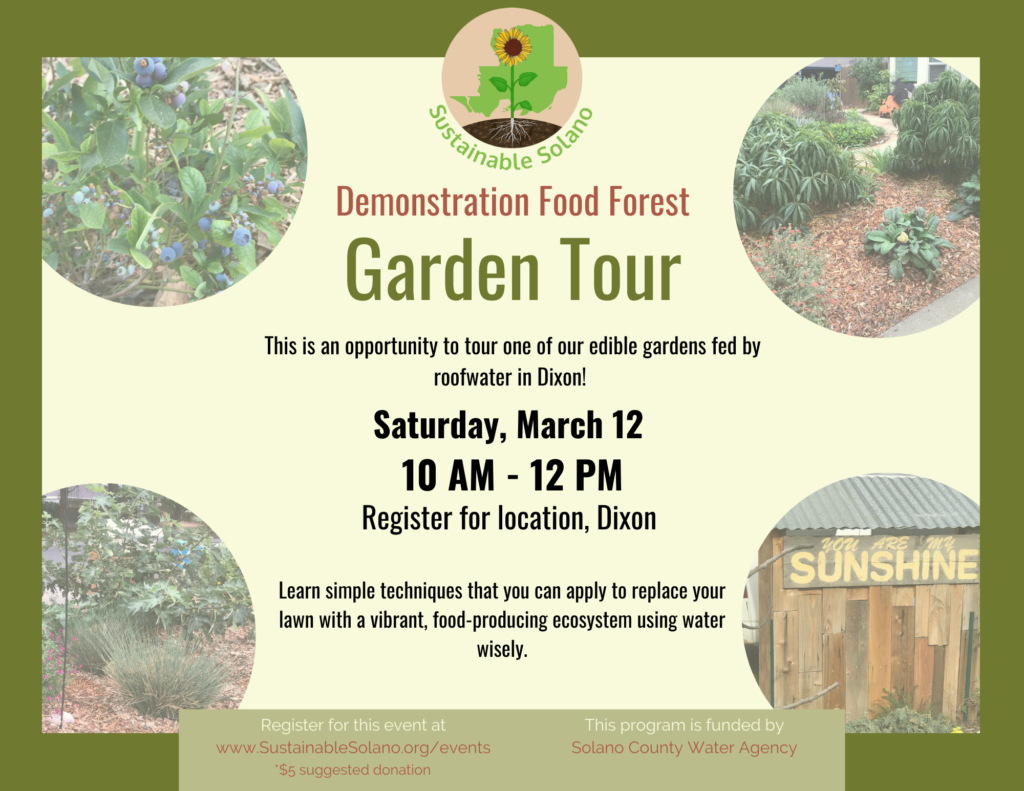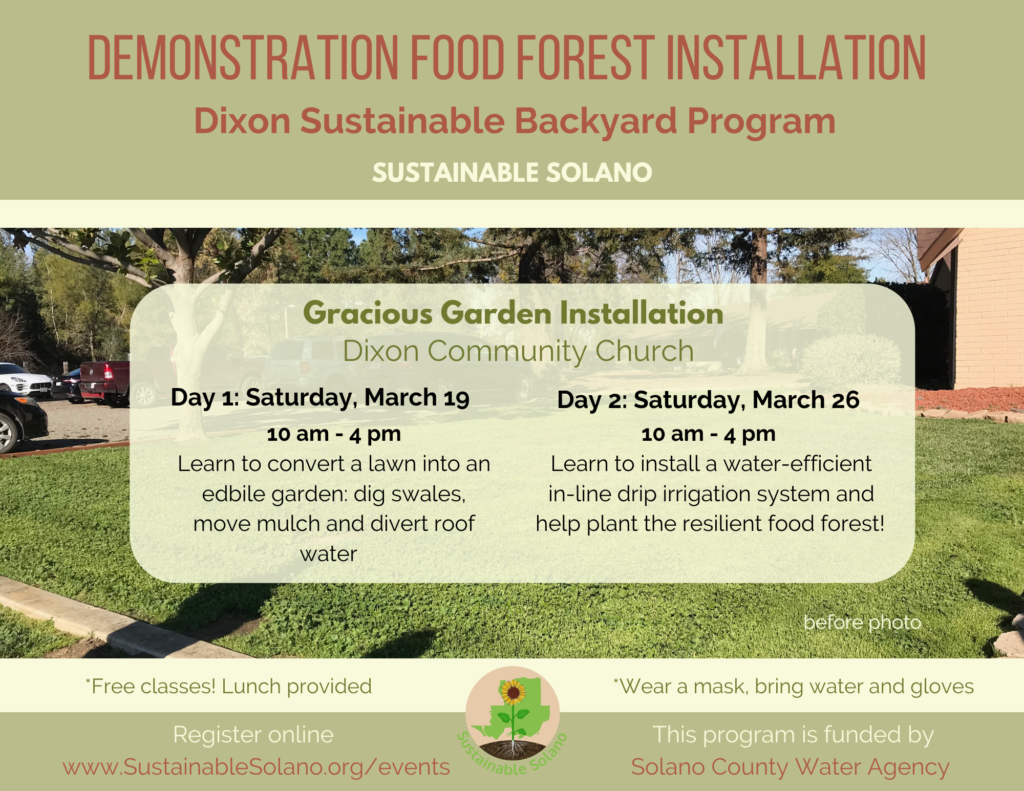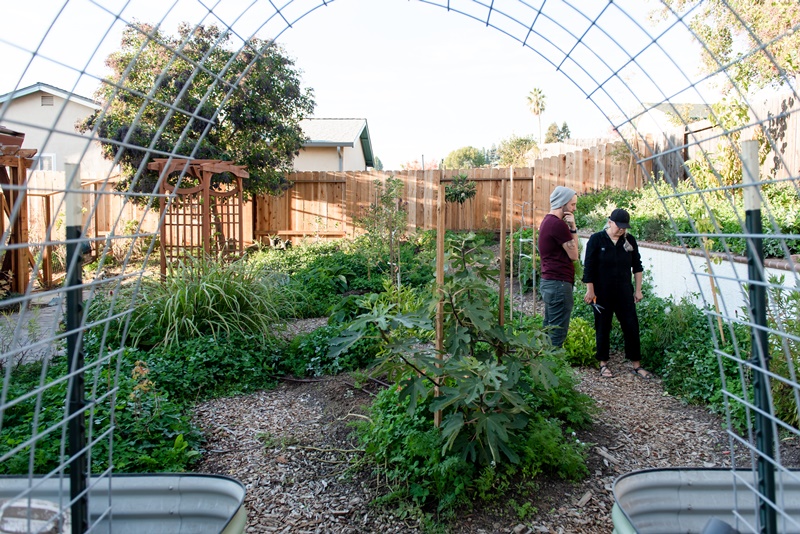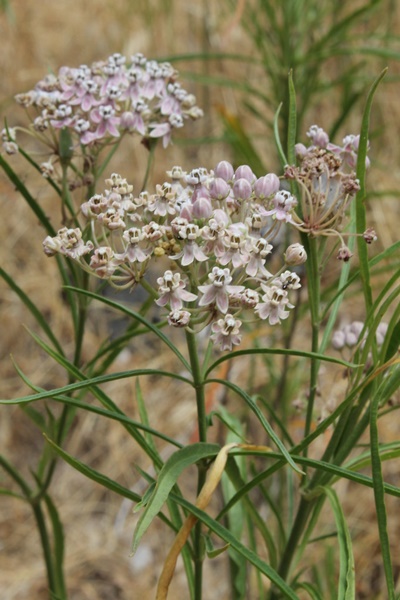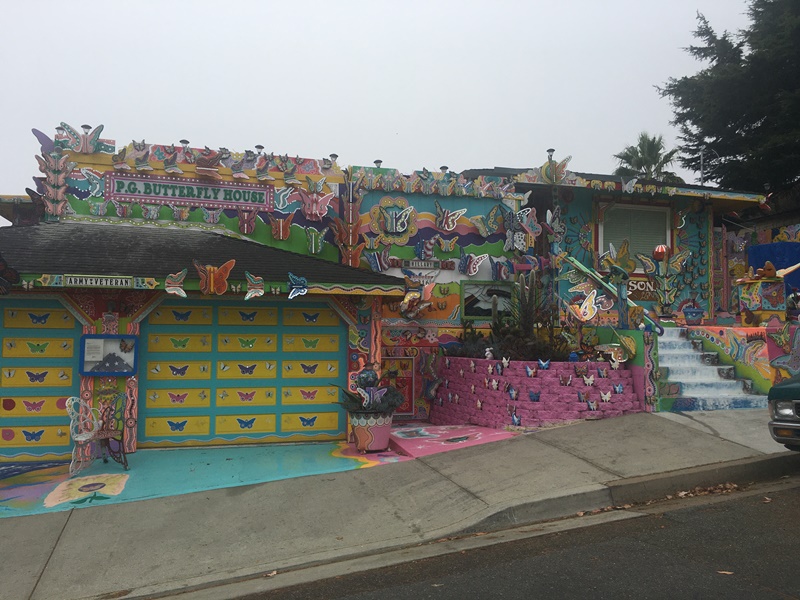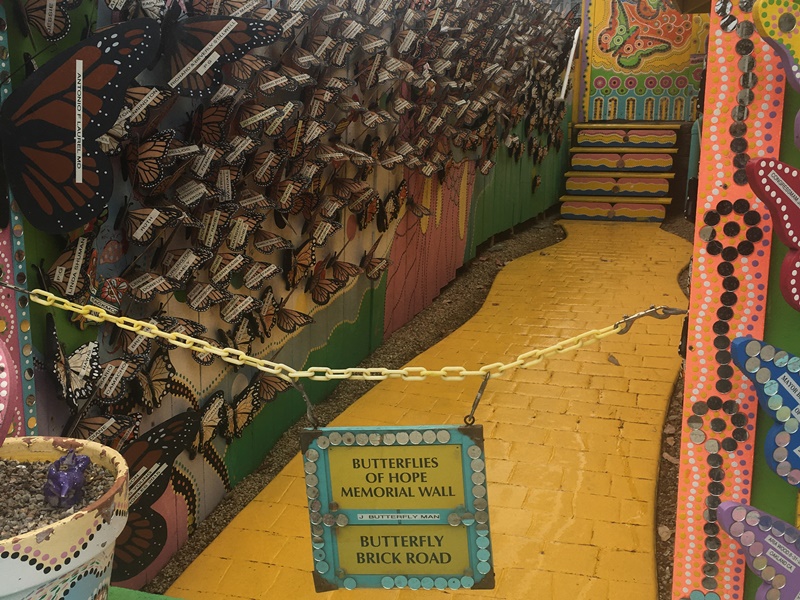Get Bare-Root Fruit Trees for Your Garden Through Our Fruit-Tree Giveaway
By Jazzmin Ballou, Solano Gardens Program Coordinator
Update: All available trees have already been reserved. Please check back in the future for other opportunities.
During the winter months fruit-producing trees go dormant. This dormancy helps protect them from freezing in the cold months by stopping them from growing and producing fruit. The good news is that dormant trees can be out of soil for short amounts of time in those winter months without dying, making it easier to transport them.
That makes it a great time to get trees for the garden! Sustainable Solano will be partnering with three local nurseries in January to give away bare-root trees to the community. We are especially aiming to give these trees to folks who otherwise may not have access to fruit trees. As part of the free giveaway, we will accept donations toward the cost of the trees. Donations will increase our ability to continue giveaways in the future, but are optional so that everyone has a chance to get a tree, regardless of ability to pay.
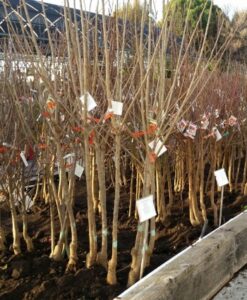
Photo credit: Mid City Nursery
The giveaways will be
- 10 am-12 pm Jan. 21 at Mid City Nursery in American Canyon
- 10 am-12 pm Jan. 28 at Lemuria Nursery in Dixon
- 10 am-12 pm Feb. 4 at Morningsun Herb Farm in Vacaville
All available trees have already been reserved. Please check back in the future for other opportunities.
The giveaways will be held in three different locations to increase accessibility. If you are unable to transport yourself or your trees to or from any of these giveaways, please let us know. We are happy to explore options for how we can help you get your trees home. Likewise, if you have little garden experience or have never grown fruit trees, there is a plethora of knowledge on tree planting and care to be found online, specifically on YouTube.
Bare-Root & Fruit Tree Resources
SuSol’s plant resources (click here and scroll down for fruit tree planting and pruning resources)
Winter Fruit Tree Care (watch this video to learn about how to care for your fruit trees in the winter, including planting bare-root fruit trees, from Lemuria Nursery’s Kristina Fink)
Planting a Bare-Root Fruit Tree (watch this short video for quick tips on planting your tree)
How to Plant a Fruit Tree (this video gives details on planting bare-root vs. potted trees)
